Follow Your Thinking Tracks!
Are your students active readers?
Do they consistently “stop & think” to reflect and comprehend what they’re reading?
Thinking Tracks are a great way for students to record their thinking while reading. Not only does it help students monitor their understanding of text, but it provides a post-reading opportunity for students to share and reflect on their “road map” of recorded thoughts – essentially, their thinking tracks! This strategy is perfect for literacy across the content-areas and can be modified for ALL grade-levels.
What are “Thinking Tracks”?
“Thinking Tracks” are student thoughts and ideas that are recorded before, during, and after reading. Students stop, think, and respond to the text by jotting down their individual questions, connections, reactions, opinions, inferences, and more! It’s a way for students to interact with text and apply multiple comprehension strategies in an open, reflective format. Each student can develop their own unique “inner voice” as they are introduced to new information and texts.
Cracking “The Code”
Students can create their own thinking tracks code or can follow a classroom code established by the teacher.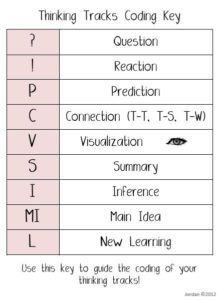
(Subscribe to my email list for a copy of this free coding key and all of my free literacy resources!) (If you’re already a subscriber, you may download the resource HERE.)
Everyone has a different system they use for text coding, you just need to find the one that works best for YOU! Check out these resources for other coding suggestions:
Websites/Internet Resources:
Professional Books:
- Strategies That Work: Teaching Comprehension for Understanding and Engagement (Harvey & Goudvis, 2007)
- Mosaic of Thought: The Power of Comprehension Strategy Instruction (Keene & Zimmermann, 2007)
Introducing Thinking Tracks
To introduce coding to students, I typically teach one code at a time using teacher-modeling and think-alouds with a simple text. I explain to the students that following your thinking tracks is “what good readers do,” and we discuss the purpose and urgency for learning to do this. Explicit, direct instruction (i.e., mini-lessons) seems to work best, and it is extremely important to set-aside ample time for guided and independent practice. Like many effective strategies, dedicating the time to teach thinking tracks in the beginning of the year sets your students up for endless opportunities to apply and expand this great strategy!
Recording Thinking Tracks
There are many different methods for recording thinking tracks! Sticky notes are extremely motivating for students, but I’ve found that students do not always know how to use them efficiently and they plow through my entire supply within the first few days! (Yikes!) Having printable text that the students can write on is great for the beginning stages, at least until you can teach students how to be “sticky-note savvy” – using one sticky note for multiple thoughts. Writing space is key, and students need to be taught how to use it! I try to be practical… margins are cheaper than sticky notes. 🙂
Practice & Application
Once students learn coding and the teacher feels comfortable allowing them to choose, students can record their thinking tracks using the method and style that works best for them! If using a printed text, as I mentioned earlier, they can write directly in the margins. If you using a published book or text (which may be often since trade-books, readers, and novels are a large part of most school reading programs!), students can use sticky notes, journals, or graphic organizers.
For graphic organizers, I’ve used a generic, blank “Thinking Tracks” record sheet to document their thoughts as they’re reading.
I’ve also provided guided sheets with specific kinds of thinking tracks students have to come up with (e.g., questions, connections, etc.).
Students can use one graphic organizer per guided reading book, or one per chapter for novel studies and independent reading in the upper grades. For teachers who implement book logs and need accountability measures in place, thinking track notebooks or packets are a great way to document independent reading!
A reference key may be necessary for students who have a hard time remembering the codes. Students can create this, or you as the teacher can create a “Classroom Key” for all students to use as a reminder and keep in their folders or journals!
You can use these thinkmarks for students to “stop & think” during independent reading, novel studies, or literature circles. You could also use this as a bookmark “key” for the different codes!
Want a copy of the coding key and free thinkmarks for students? They are FREE for my email subscribers. If you’d like to download them, click here to subscribe (you will get the password via email). You will also receive exclusive access to my entire growing collection of free literacy resources! (If you’re already a subscriber, you may download the resource HERE.)
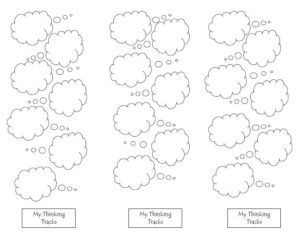 Resources
Resources
For additional classroom materials, check out my Follow Your Thinking Tracks – Active Reading Strategy Pack. This 34-page resource includes all the posters, graphic organizers, labels, bookmarks, and student reference sheets necessary for bringing thinking tracks into your classroom!


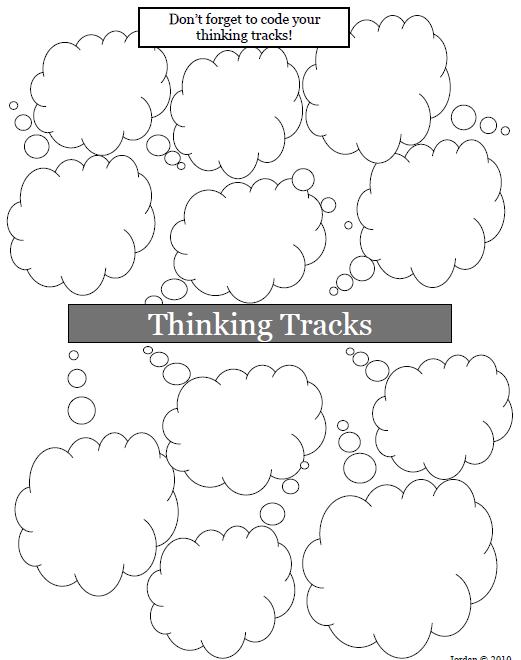
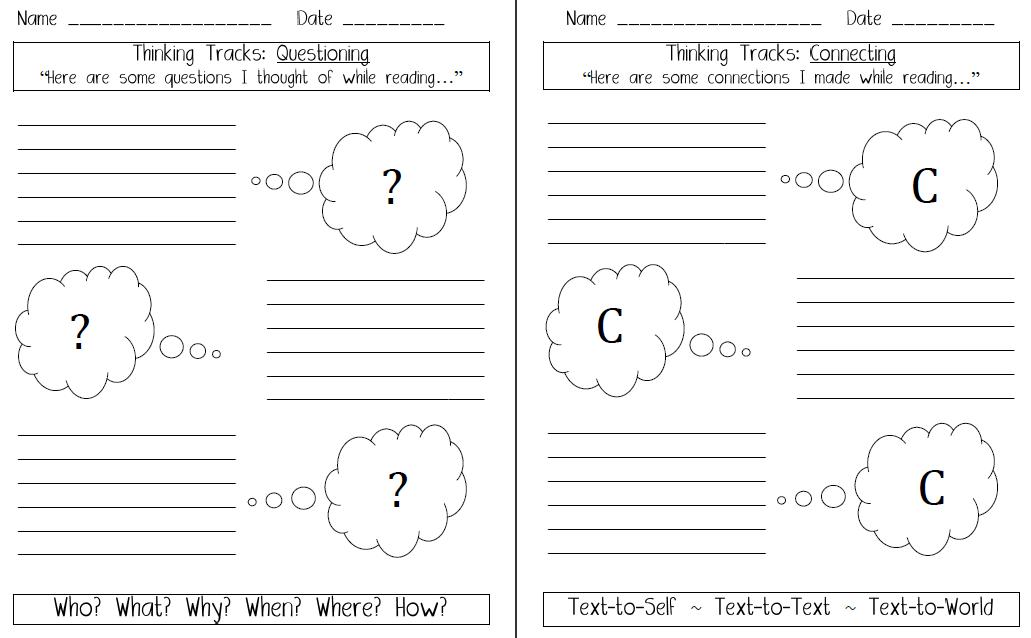
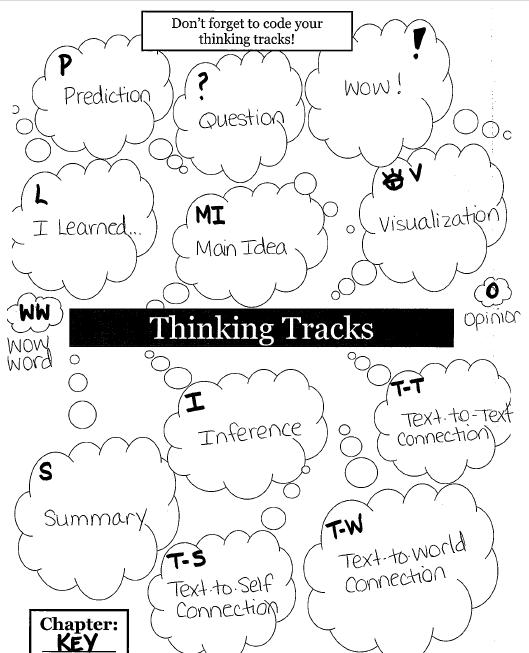
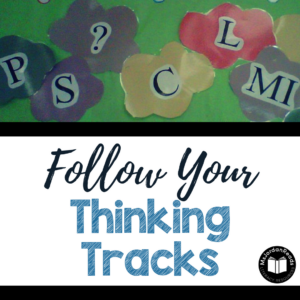

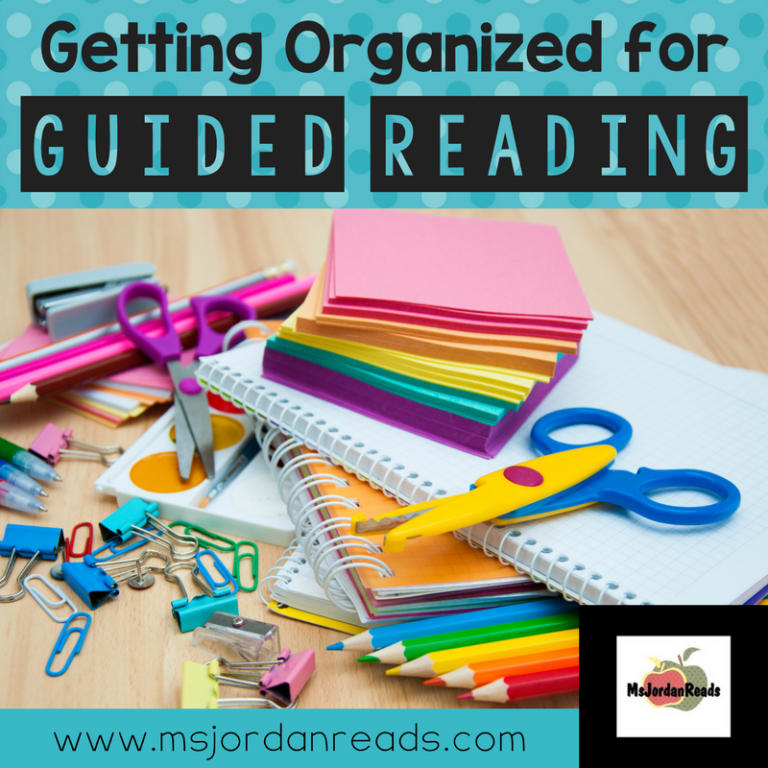
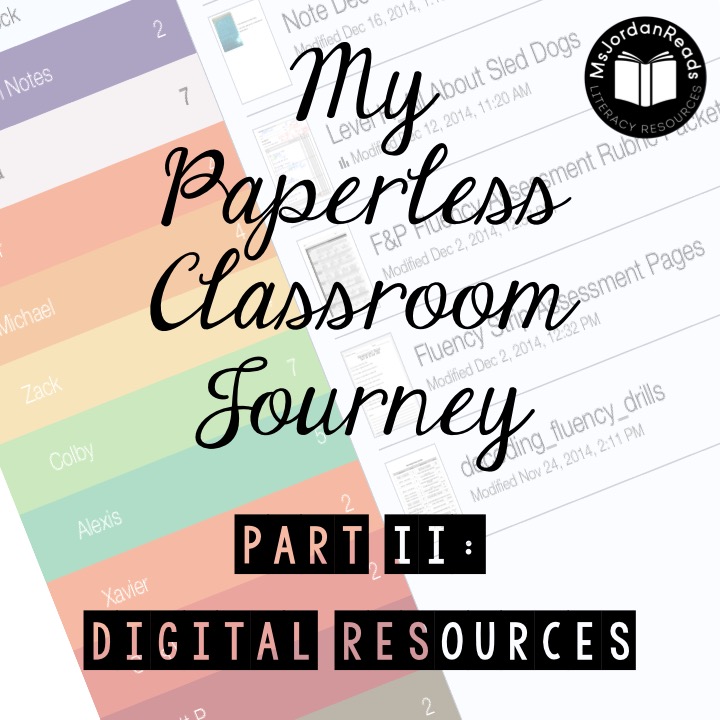
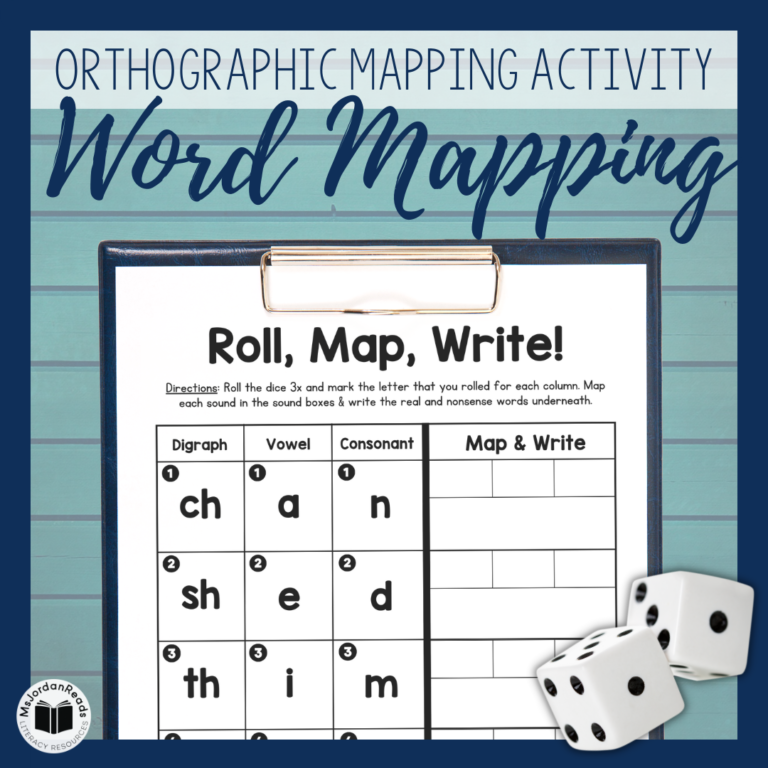

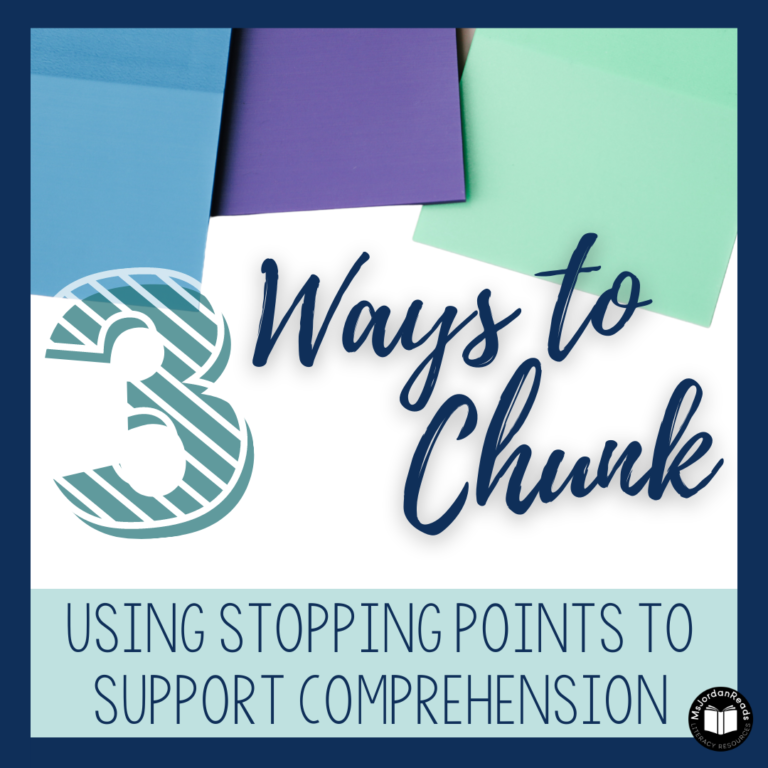
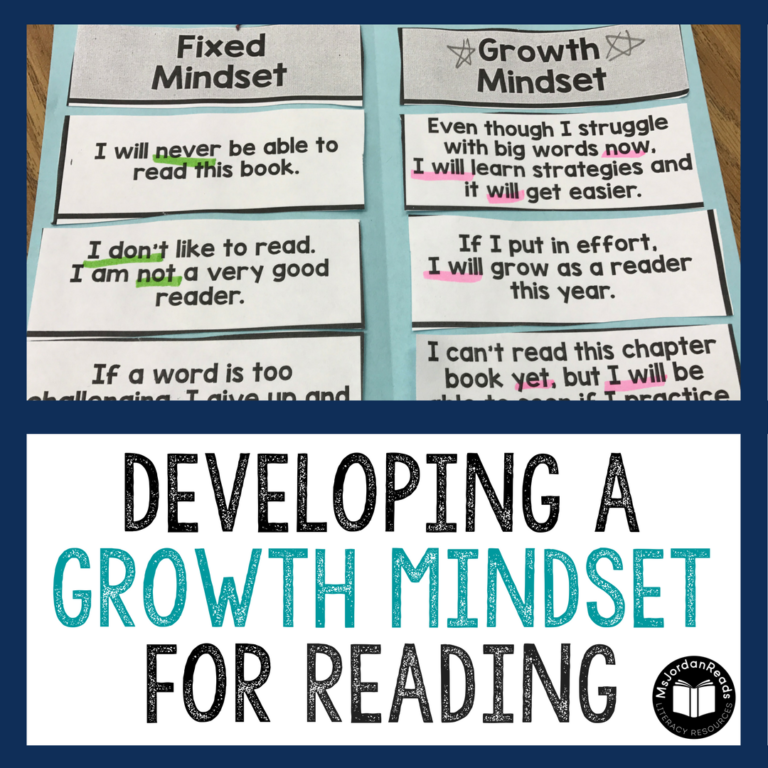
Following you here and I have liked your Facebook page. 🙂
Thank you for following my blog and MsJordanReads page! Looking forward to sharing and having you part of my PLN! Love your blog too! It sounds like we have very similar jobs and will have a lot in common. I just added your blog to my reader and your button to my blog. 🙂
Thank you for the great product! Love it!! My students will definitely be able to use this to aide them in their reading and organize their thoughts. I am so excited!
Great feedback from one of my LinkedIn readers!!
http://www.linkedin.com/groups/Check-out-my-latest-blog-1483117%2ES%2E90244029?qid=39ca2e21-e3c2-4ebd-9fc0-c3379767ad58&trk=group_most_popular-0-b-ttl&goback=%2Egde_1483117_member_90244029%2Egmp_1483117
Does anyone else use something similar in their classrooms?